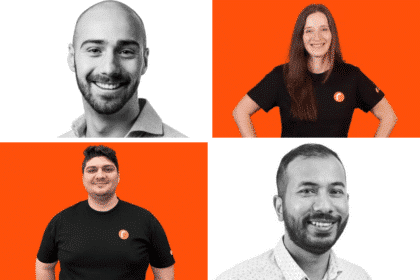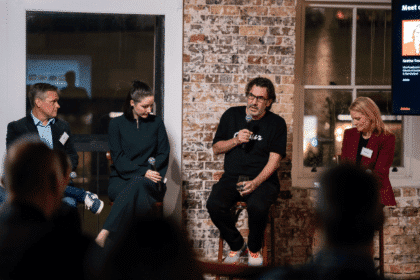Adobe’s executive vice president and general manager, digital marketing, Brad Rencher says many companies lost their way when they started focusing on clicks and conversions rather than telling stories and that his company would now provide a platform for a community garden so companies would need ot be less reliant on Facebook and Google’s walled gardens.
The Salt Lake City-based Rencher told a room of Asia Pacific journalists last month in Las Vegas at Adobe’s Summit event that the ability to do something seduced companies into doing it rather than focusing on what they ought to be doing, which is telling a brands story.
“Where we lost our way was when we switched to interacting primarily with brands digitally we stopped being storytellers. We started to just get people to convert to buy our product. And we lost a little bit of the storytelling that’s so important to brands to have that broader deeper relationship.
“The interesting thing about digital is that you can make an ROI story. So if I’m talking to a CFO I’m able to make the case for why you should be doing digital in clear numbers in ROI and hard data. But if you do it just for that reason, then you may be optimising for a click, when you should be optimising for the customer relationship. The lifetime value of what a relationship should be,” he said.
Rencher then went on to say that the title CEO ought to stand for chief experience officer just as much as chief executive officer. “Because at the end of the day, the CEO should be the chief experience officer, but everyone in the organisation needs to be the steward of experience.”
Rencher, who speaks of three waves of business transformation – back office (ERP), customer relationship management (CRM) and now digital experience – said that story telling was the only way for a brand to differentiate itself from its competitors.
“The ERP, the CRM drove real value, but taken to the extreme they don’t differentiate your company anymore. You don’t see company’s taking out advertisements saying our ERP is better than our competitors ERP so you should buy our product. As consumers we don’t care. How I see your brand is the experience you give me.”
However Rencher warned that there’s lots of things that have to happen in order to make that great experience.
“I talk about the last millisecond a lot . . . If I come to your website or I open your mobile app, you have 300 milliseconds to give me an experience . . . So what you have to do now, is take all that ERP information all that CRM information, bring that together, and make a decision that will decide what experience do I need to provide you in 300 milliseconds.
“So it’s real time enterprise story, that’s what the tech underneath that 300 milliseconds journey is doing. In 300 milliseconds can you bring your whole organisation to bear in that moment?”
The problem facing most organisations is that there ageing ERP and CRM systems were not built with real time in mind. The legacy systems are holding everything back.
Rencher said that as a consequence this was a pivotal moment for Adobe as it was transforming itself into a platform business rather than an application making business. That was its experience that it’s now delivering to its customers.
“Some data will be able to go on the real time system other parts won’t. I don’t need all the data in order to provide the best experience.
“I need some data that will give me some insight into this real time experience. So the Adobe Marketing Cloud platform can ingest data from the ERP system, from the CRM system, because that’s plugged into the real time data system.”
One of the more significant announcements in line with Adobe’s new platform strategy, was its plans to launch a device co-op. This is very much in line with providing all of the brands that form part of Adobe’s ecosystem an alternative to the walled gardens of Facebook and Google.
“We work with nine of the top ten retailers, ten of the top ten international banks, really across all of the vertical markets we work with all of the top brands and they have been coming to us and saying: Adobe can’t you help us solve this problem?
“The only way we can solve this if we give our data to other people and then we don’t know what happens, is there a way to do this in a privacy compliant way that we can do it in an open way? We’re not looking to sell this, because we’re already the stewards of their data. Our 51 trillion transactions that are coming through the marketing cloud already represent all of the biggest brands in the world, so all we’re doing is letting them come together to share this anonymous data so they can do their marketing efforts better.”
Another interesting development Adobe is working on is the development of the Digital Economy Project it has just launched under the guidance of Tamara Gaffney.
“I think that’s very exciting, we’re just starting, but can we provide modern measures for these economic indicators – consumer price index, housing index, a job index – that economists are desperate to get their hands on, because the data they’re relying on for economic projections are stale by the time they get it,” Rencher said of the project.








